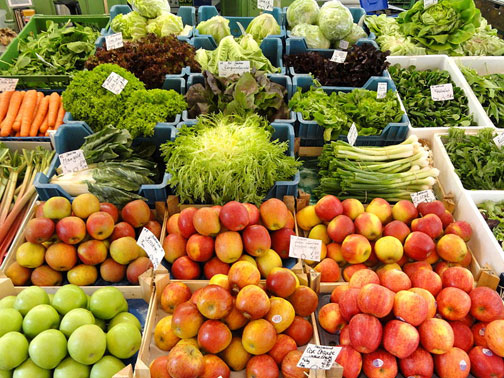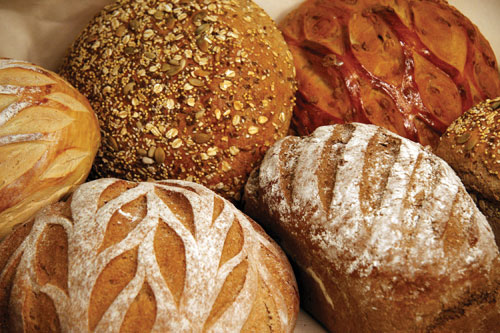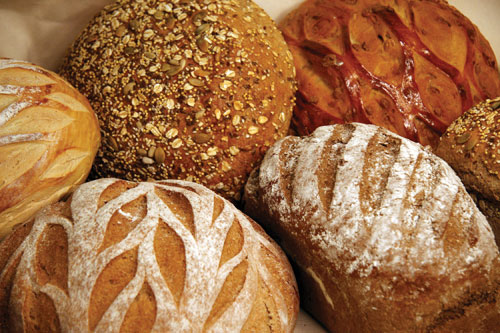March is here which not only means spring is quickly approaching, but also that it is time to take a look at your eating habits as it is also Nutrition Month. Nutrition Month is a time set aside in which the American Dietetic Association, the world’s largest organization of Food and Nutrition professionals, will promote healthy eating patterns. The goal is to assist Americans in creating a healthy relationship with food and promote physical activity. Each year there is a new focus. This year’s theme is ‘Get Your Plate in Shape!”
This means taking a closer look at the actual composition of your plate. What exactly should you be looking for? To make it about as simple as possible, you should make half your plate full of fruits and veggies, one quarter lean protein, and the final quarter dedicated to grains (especially whole grains.) You also should supplement your meals with or snack on low fat dairy such as skim milk, low fat yogurt, or calcium fortified soy milk (if you are unable to consume milk) to maintain bone and teeth health and promote muscle and nerve health. Three meals a day with this basic composition will help you hit or bring you close to your recommended intake amounts for each group to achieve optimal nutrient intake.

Aim for a variety of colors when it comes to your produce. Choose dark green, as well as deep red and orange vegetables as these provide you with vitamin A, vitamin C, fiber, potassium, and many other nutrients. Also count beans and peas in this category. These nourish you with protein, fiber, potassium, folate, iron, and other vitamins, minerals and essential nutrients. Fruits are also a great way to satisfy your sweet tooth at the end of a meal and or a nutritious snack to tide you over in between meals.

To keep your lean protein low fat use cooking methods such as grilling, baking, or broiling. Choose chicken, turkey, eggs, lean beef, game meat, or fish as your protein sources. Even add such plant sources as nuts, seeds, or beans to your salad or nosh on them as a high protein snack. The protein allows your body to repair from injury, maintain muscle, and build new tissue. Choosing lean animal sources or plant proteins saves your heart from excess saturated fat.

In regards to grains, make at the very least one half of them whole grains. Keeping your grain whole maintains vitamins, minerals, fiber, protein, and the antioxidants naturally present in the grain. Choosing the freshest whole grains also means you achieve the most nutrients as they start to deteriorate. Whole wheat bread is a great option.
Most healthy adults should shoot for about:
- Grains: 6-8 ounce equivalents per day
- Vegetables: 2 ½ - 3 cups per day
- Fruit: 1 ½ -2 cups per day
- Dairy: 3 cups per day
- Protein: 5-6 ½ ounce equivalents per day
Visit ChooseMyPlate.gov to find your individualized plan or consult with a Registered Dietitian if you have more specialized needs or dietary restrictions.




